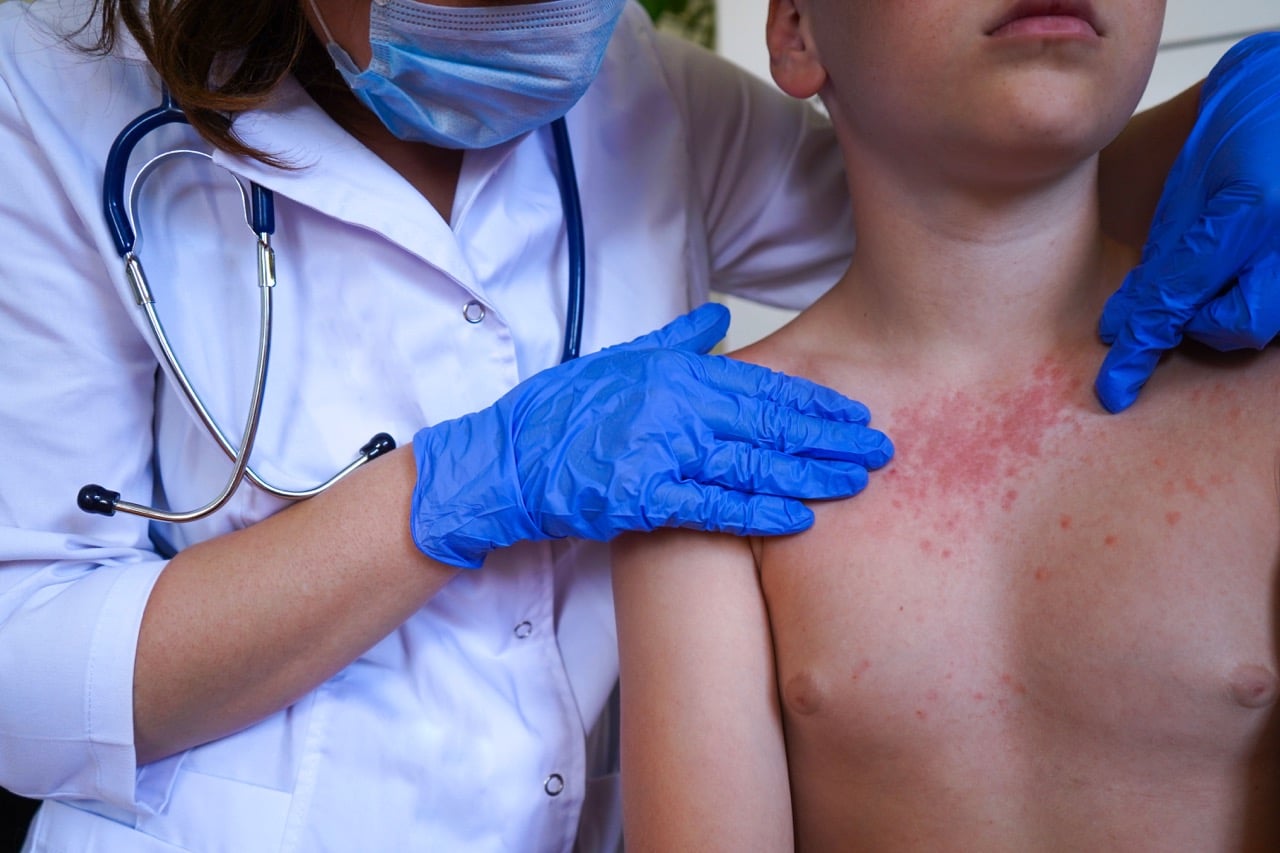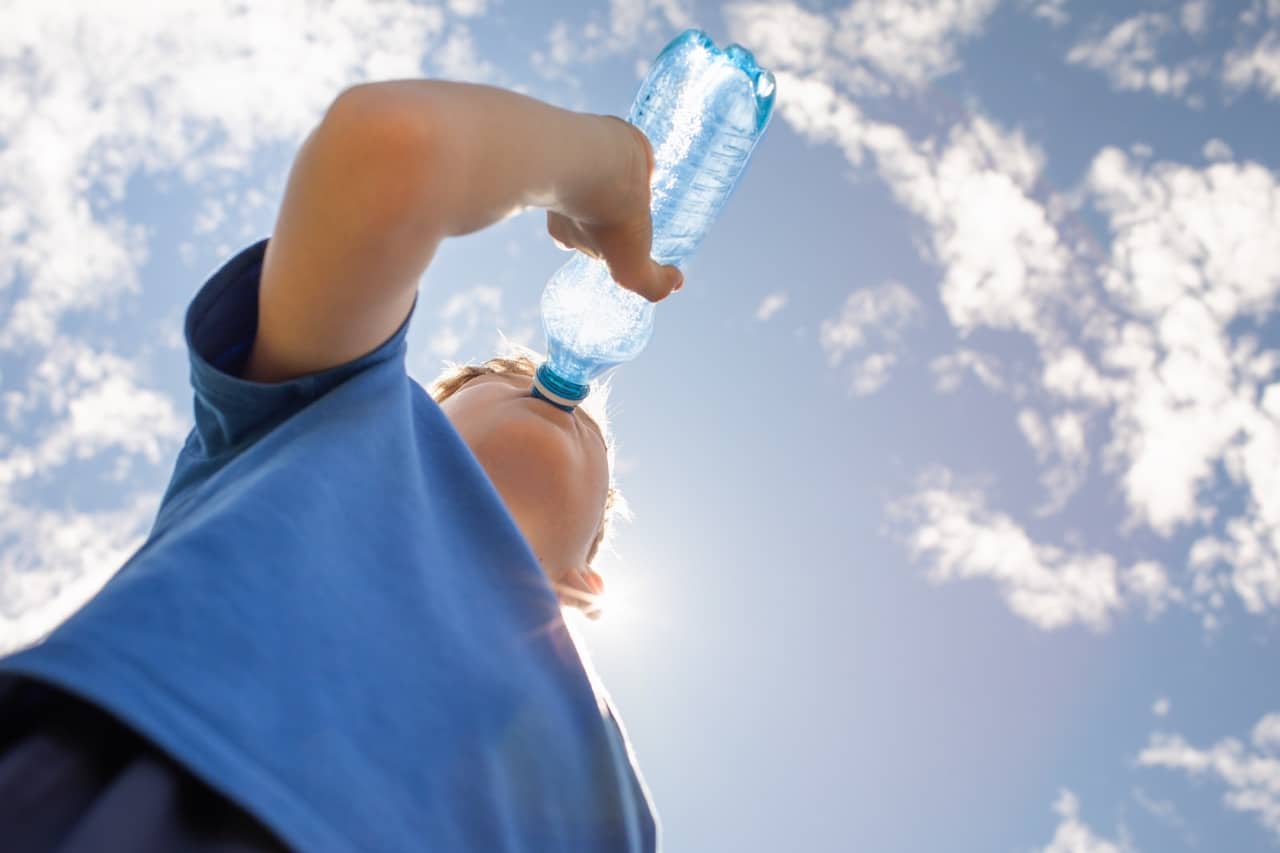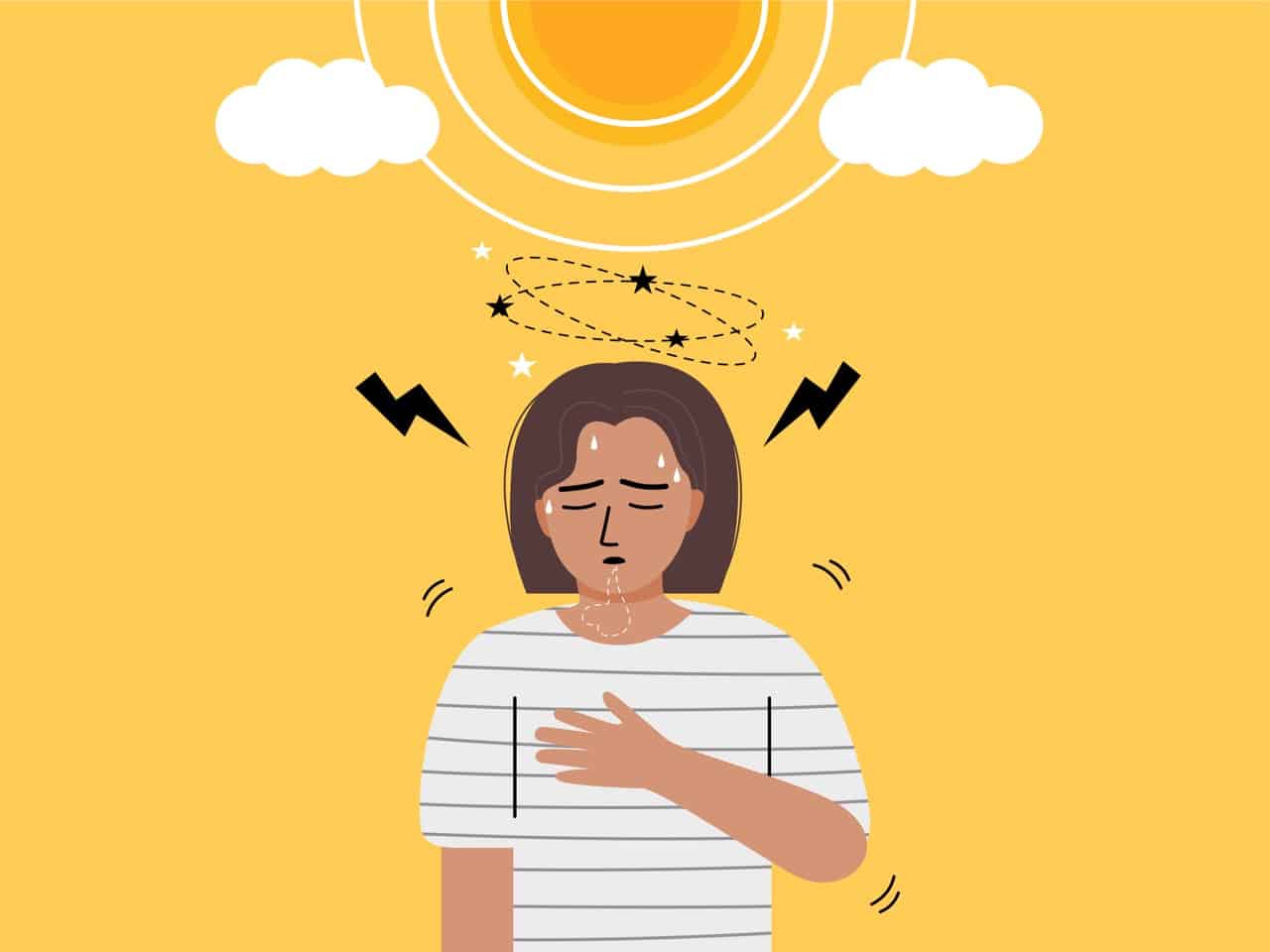Child Rashes During the Summer : Causes, Care, and When to Seek Urgent Help
Child rashes during the summer are more common than many parents realize. Hot weather, long days of outdoor play, and extra time at the pool can all increase the chances of skin problems in kids. While most rashes are mild, they can cause discomfort, itching, and worry for families. Knowing the causes and symptoms helps you respond quickly and keep your child comfortable. Summer rashes may look different depending on the cause, but they often come from heat, water, insect bites, allergies, or infections.
At All Kidz Urgent Care, we understand that parents want clear answers when a rash appears. This guide explains the most common types of summertime skin rashes, what to watch for, and when to seek pediatric rash care at our clinic in Torrance.
Why Summer Rashes Are Common in Children
Children spend more time outside during the summer, which increases exposure to heat, sweat, and environmental triggers. Hot and humid weather makes skin more prone to irritation, especially in areas where sweat collects. Swimming pools, beaches, and water parks can expose kids to bacteria, parasites, or chemicals that affect their skin.
Outdoor play also increases the risk of insect bites and contact with plants that cause allergic reactions. These combined factors make child rashes during the summer a frequent concern. Parents may notice rashes that are itchy, red, or blistered. While most are minor, they can become uncomfortable and occasionally require urgent care. Recognizing the common causes helps you respond faster and know when professional care is needed.
Heat-Related Rashes in Kids
Warm weather often leads to child rashes during the summer, especially when kids spend long hours outside. One common condition is heat rash, which occurs when sweat glands get blocked and sweat becomes trapped under the skin. This creates clusters of small red bumps or blisters that usually appear in areas where clothing holds in heat, such as the neck, chest, back, or armpits. Heat rash is uncomfortable and itchy, but keeping your child cool can help. Light, breathable clothing, fans, and regular breaks indoors are simple ways to prevent it.
Another condition linked to hot weather is sweaty sock syndrome. This develops when feet cycle between being wet and dry too often, leading to peeling, cracking, or red patches on the soles. Choosing breathable shoes and socks, along with applying moisturizer after water play, can reduce irritation. Both rashes generally improve with basic care and monitoring at home.
Water and Pool-Related Rashes
Spending time in pools, lakes, and the ocean is a favorite summer activity for kids, but it can sometimes lead to child rashes during the summer. Different water environments expose children to unique irritants that may affect the skin. Swimmer’s itch happens when microscopic parasites in certain lakes come into contact with the skin. It often causes red, itchy bumps on areas not covered by a swimsuit. To reduce risk, avoid swimming in marshy, snail-heavy areas and do not feed birds near swim areas. Showering and towel drying right after swimming also helps.
Hot tub rash is caused by the bacteria Pseudomonas aeruginosa, which thrives in unclean hot tubs or pools. The rash often appears 12 to 48 hours after exposure as red, itchy pimples or small blisters around hair follicles. Making sure water sources are properly maintained and chlorinated lowers the chance of infection. Seabather’s eruption occurs in ocean water when tiny stinging sea creatures become trapped under swimwear. Showering and changing into dry clothes quickly after swimming can help prevent irritation.
Allergy and Plant-Related Rashes
Child rashes during the summer often come from contact with plants that trigger allergic reactions. One of the most common causes is poison ivy, oak, or sumac. These plants contain oils that cause an itchy, red, and blistering rash when they touch the skin. Parents should wash the exposed skin immediately with soap or detergent and rinse with cool water, including under the nails, and also wash clothing and shoes to reduce the spread. Quick cleaning helps reduce the spread of the rash. It also helps to keep children’s fingernails short to prevent scratching and further irritation.
Another condition called phytophotodermatitis may occur when the skin touches plants such as citrus fruits, wild parsnip, or other plants containing furocoumarins, and is then exposed to sunlight. This reaction can cause streaks or patches that later darken into brown spots. Teaching children to avoid unknown plants and rinsing skin after possible exposure are important ways to prevent these uncomfortable summer rashes.
Infection-Related Skin Conditions in Summer
Warm and humid weather can increase the chances of skin infections in children. Impetigo is a common bacterial infection that often shows up as yellowish scabs or fluid-filled blisters, usually near the mouth or nose. It spreads quickly when kids touch the affected area or share items. Ringworm is not caused by a worm but by a fungus. It appears as red, round, and itchy patches with scaly edges. Children may catch it through shared sports equipment, clothing, or direct skin contact.
Molluscum contagiosum is a viral condition that leads to small, firm bumps with a dimple in the center. It can spread through play, swimming, or sharing towels. Most cases resolve on their own without treatment. In 2023, the FDA approved an in-office therapy called Ycanth (cantharidin) for children two years and older. Over-the-counter products marketed for molluscum are not FDA-approved and should be avoided. If bumps worsen or spread, visiting a pediatric urgent care clinic is recommended.
Insect-Related Rashes and Bites
During summer, insect activity increases and so does the risk of rashes and bites in children. Mosquitoes often leave itchy red bumps that can be uncomfortable but usually improve with basic care. Tick bites require closer attention since some can spread illnesses like Lyme disease, which may cause a rash shaped like a bull’s-eye.
Other insect-borne illnesses, including Rocky Mountain spotted fever, can also lead to concerning rashes and fever. Fire ant stings and bee stings may trigger swelling, pain, or hives, and in rare cases lead to severe allergic reactions that need emergency attention. Parents can lower risks by using child-safe insect repellents, dressing children in long sleeves and pants, and checking skin after outdoor play. Taking preventive steps helps protect kids from unnecessary discomfort and ensures you spot potential problems before they become more serious.
Viral Rashes Parents Should Watch For
Not all summer rashes come from heat, water, or insects. Some are caused by viral infections that often spread in groups of children during warmer months. These rashes can appear with little warning and may look alarming to parents. While many are mild, they can still cause discomfort and worry. Knowing the most common viral rashes helps you recognize them quickly and decide what steps to take next:
Hand, foot, and mouth disease
Hand, foot, and mouth disease is a common viral illness in children. It often begins with fever, sore throat, and fatigue, followed by small blisters on the hands, feet, and inside the mouth. These blisters can be painful and make eating or drinking difficult. The illness spreads quickly in places like daycares, preschools, or summer camps. Most cases improve within 7 to 10 days, but keeping children hydrated throughout the illness is very important.Other viral summer rashes
Many viral infections, including enteroviruses, can cause rashes during the summer. These rashes may appear as red spots, raised patches, or mild blisters on the skin. Children might also have fever, cough, or sore throat. Most viral rashes are self-limiting, meaning they resolve on their own with rest, fluids, and simple comfort care. Parents should monitor symptoms closely and seek medical advice if the rash worsens or new symptoms develop.
When to Visit Pediatric Urgent Care for a Child’s Rash
Summer skin problems in children can be tricky because rashes often look alike and may appear suddenly. While many improve on their own with simple care, some need closer attention from a pediatric provider. Knowing when to seek urgent care helps parents avoid unnecessary worry and ensures kids get the right treatment at the right time. Here’s when a visit to pediatric urgent care for a child’s rash is the best choice:
A spreading rash that covers large areas of skin
A rash with fever or other concerning symptoms
A rash with swelling or breathing difficulties
Painful blisters, signs of infection, or dehydration
Prompt care helps ensure your child’s comfort and rules out more serious causes.
Visit All Kidz Urgent Care in Torrance for Pediatric Rash Care
When it comes to your child’s health, knowing how to recognize and respond to summer skin problems matters. Heat, water, allergies, infections, and insect bites can all cause rashes that disrupt summer fun. At All Kidz Urgent Care in Torrance, we provide expert, compassionate care in a child-focused environment. From sudden rashes to other non-emergency illnesses, our team is ready to help without the long waits of an ER.
If your child develops a rash or other symptoms that need quick attention, visit us for evaluation and treatment. Our pediatric providers focus on your child’s comfort while giving parents the guidance they need. Don’t wait to get answers and support.
Visit us at: 2927 Rolling Hills Road, Torrance, CA 90505
Call us: +1 310-292-0054
Email: contactus@allkidzurgentcare.com
Your child’s health and well-being always come first at All Kidz Urgent Care.




